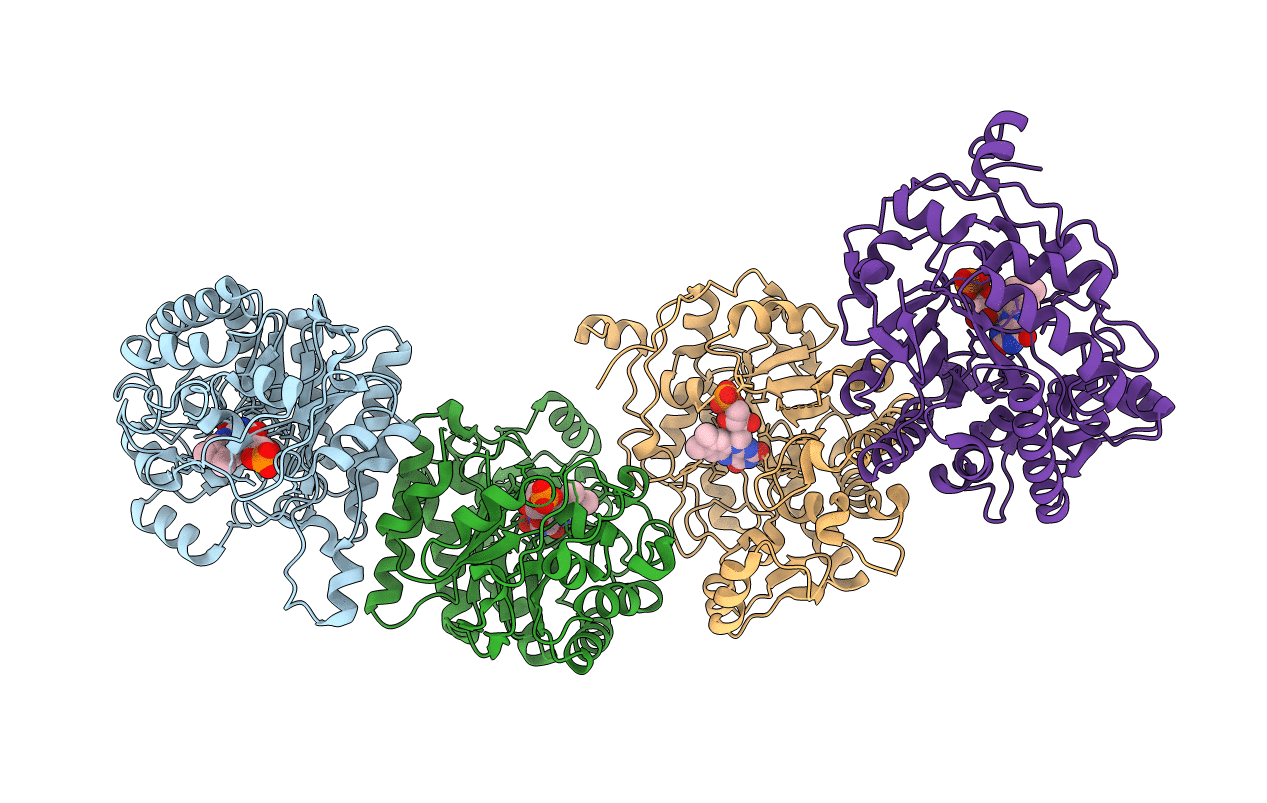
Deposition Date
2014-05-31
Release Date
2015-02-11
Last Version Date
2023-11-08
Entry Detail
PDB ID:
4TMB
Keywords:
Title:
CRYSTAL STRUCTURE of OLD YELLOW ENZYME from CANDIDA MACEDONIENSIS AKU4588
Biological Source:
Source Organism:
Kluyveromyces marxianus (Taxon ID: 4911)
Host Organism:
Method Details:
Experimental Method:
Resolution:
1.80 Å
R-Value Free:
0.21
R-Value Work:
0.17
R-Value Observed:
0.17
Space Group:
C 1 2 1


